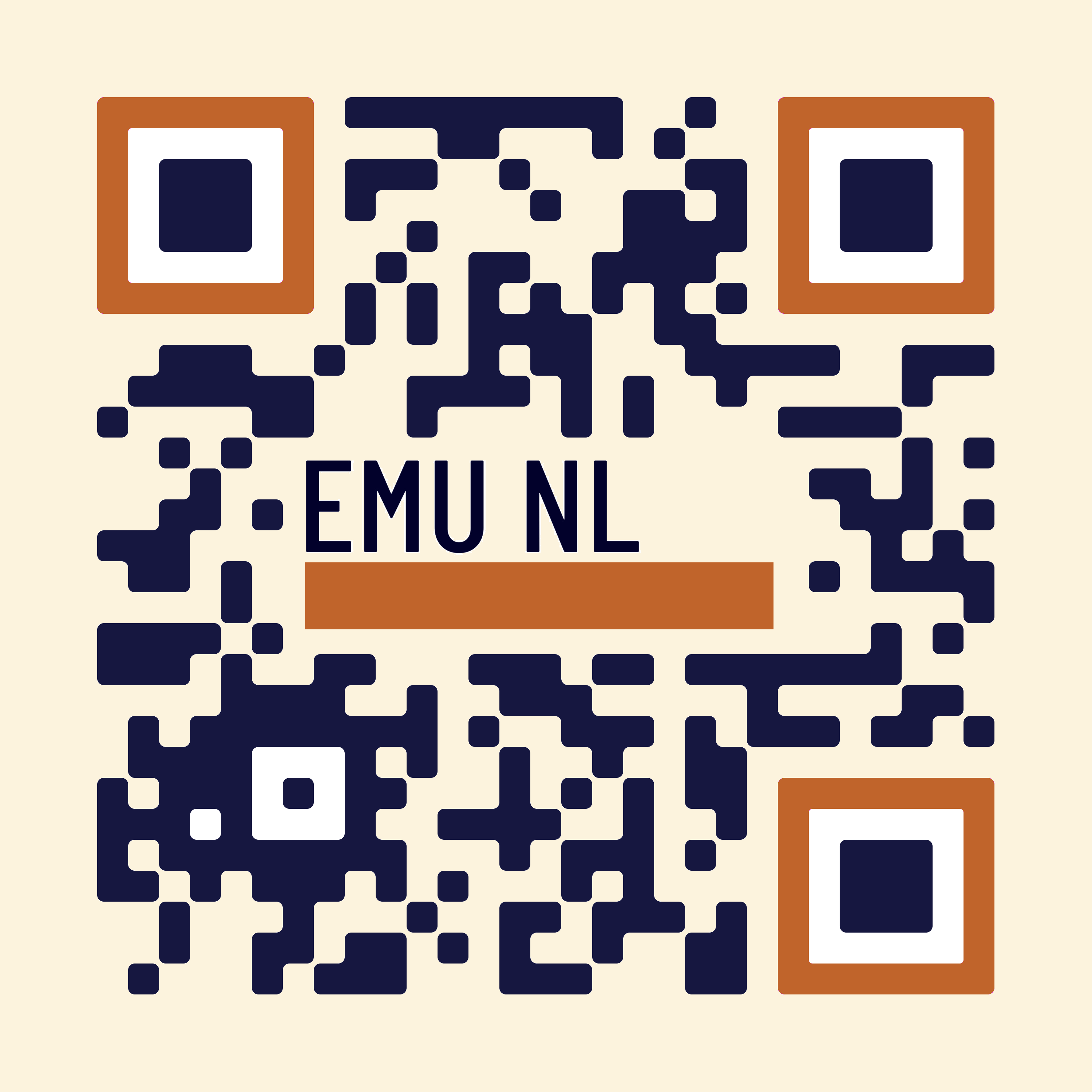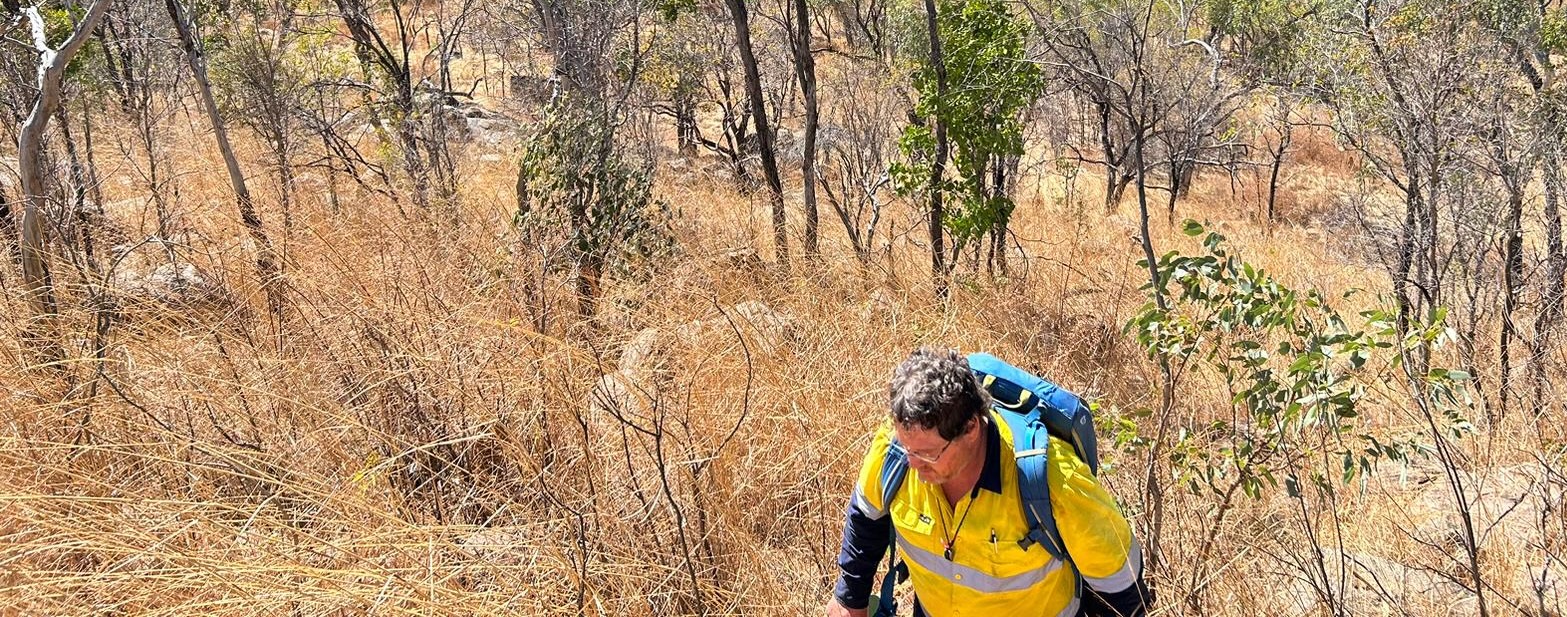
GEORGETOWN PROJECT
Project Highlights
EMU maintains the right to earn an 80% interest in The Georgetown Project, under a farm-in and joint venture agreement with Rugby Resources Ltd (Rugby, TSXV:RUG). Covering 8502 kms in North Queensland, the Georgetown Project comprises 3 EPMs (Exploration Permits for Minerals) Georgetown, Perpendicular Peak and the Fiery Creek Copper Prospect, the latter having been identified by EMU as demonstrating significant copper porphyry potential.
Located within the Georgetown mining district, the Georgetown Project is a richly endowed but under-explored area of Far North Queensland with a history of significant mining activity and mineral discoveries.
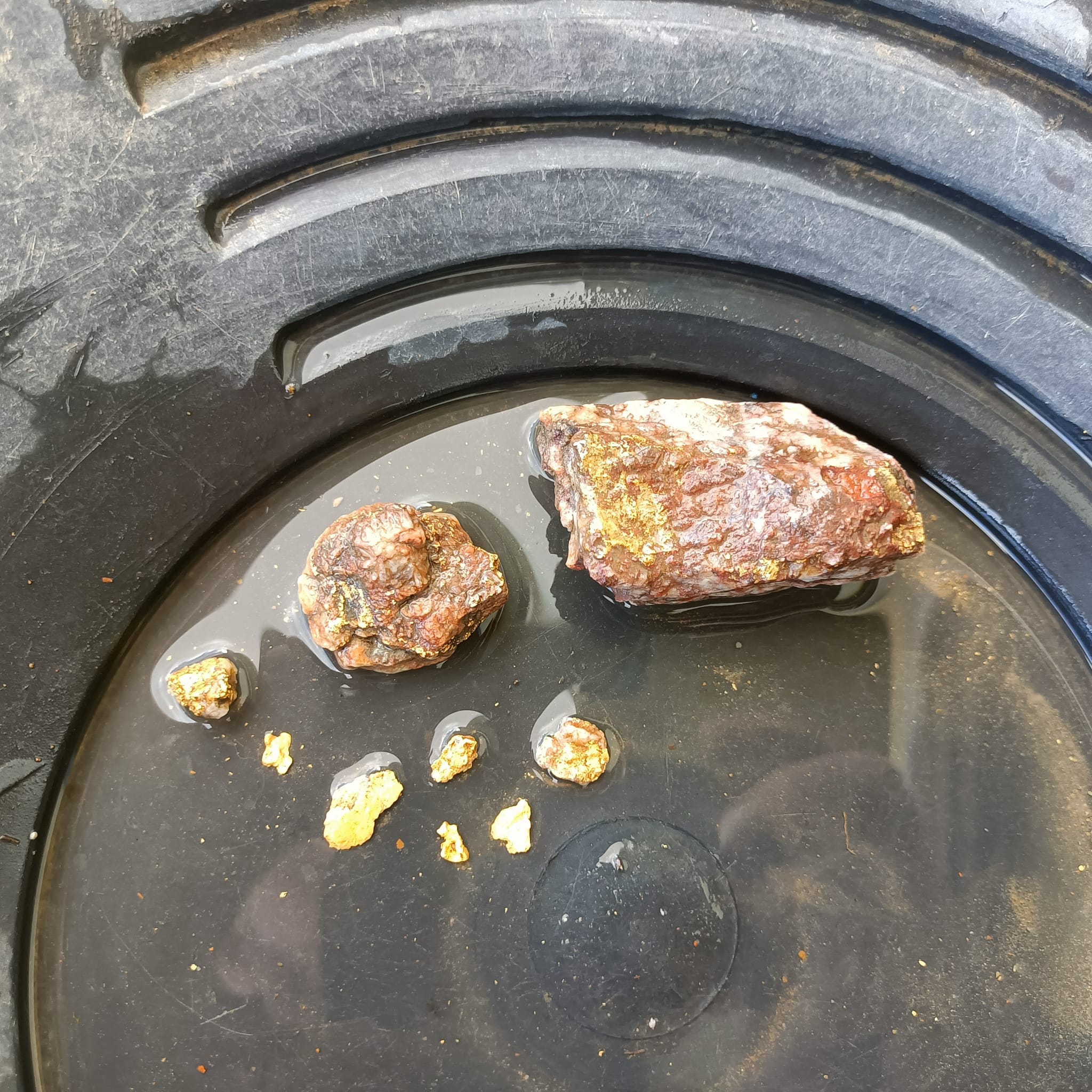
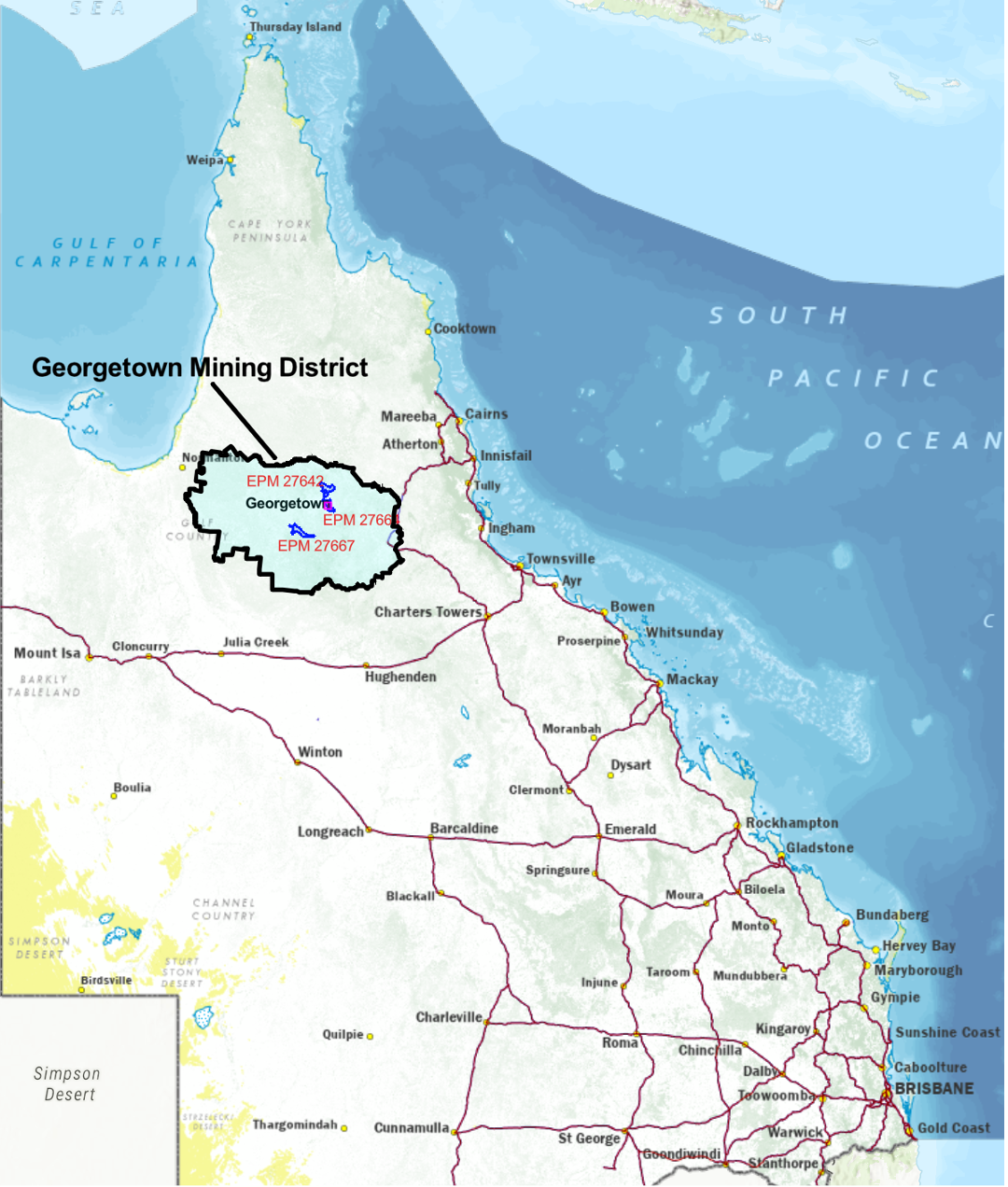
(Fig 1) Location of the Etheridge and Croydon Local Government Areas, North Queensland, Australia which define the Georgetown mining district boundaries
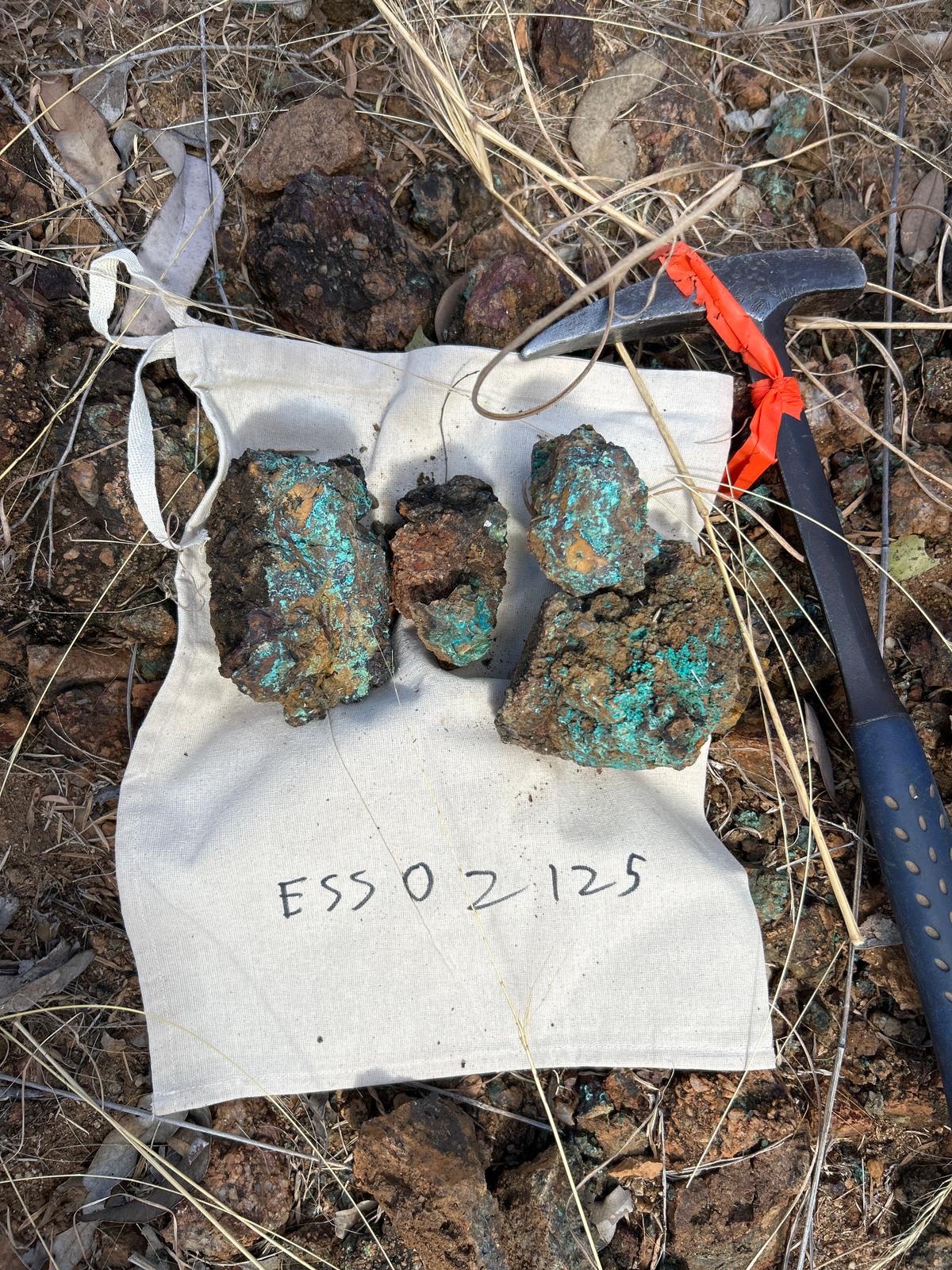
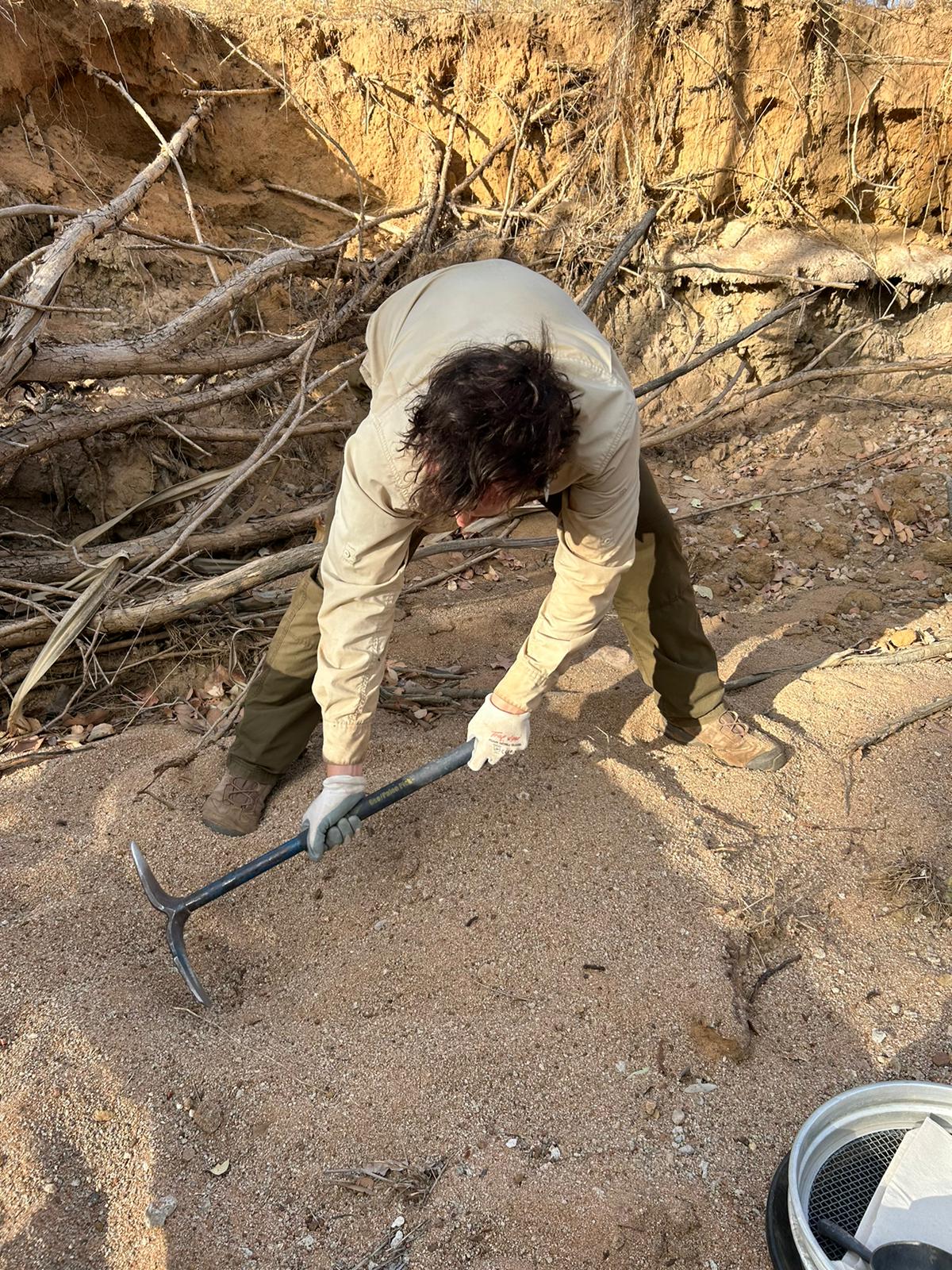
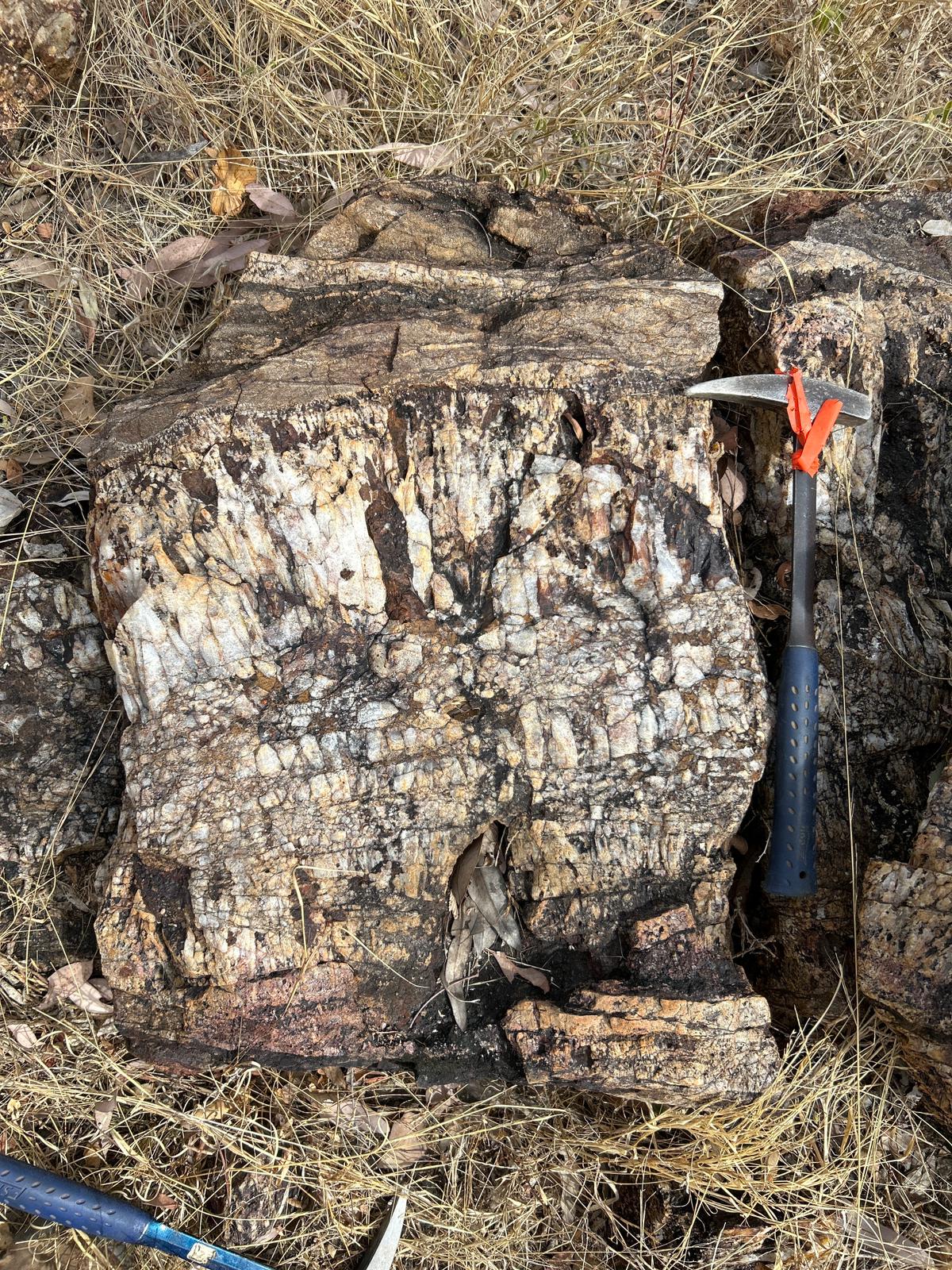
Fiery Creek (EPM 27667)
EMU has identified the Fiery Creek Copper Prospect as a potential massive scale copper porphyry system.
Hosted within the Yataga Igneous Complex, which at 29km2, is the largest known igneous body in the Georgetown Inlier, EMU has identified a major shear structural zone which appears to extend over a geological strike length of approximately 2.5km and up to 2km wide. Interpretation of aeromagnetic data suggests that this zone may in fact extend 6km.
At Fiery Creek, EMU is currently carrying out significant geochemistry and geophysics programs to further investigate and build on this potentially significant copper porphyry discovery. Geological reconnaissance work programs by EMU have identified the main shear zones are developed over widths of between 60 and 120 and four of these zones demonstrate the potential to host further extensions of the copper mineralisation.
EMU is currently looking to build on the Fiery Creek copper porphyry discovery through further exploration programs and is expediting access for a significant drilling program to be carried out early 2025.

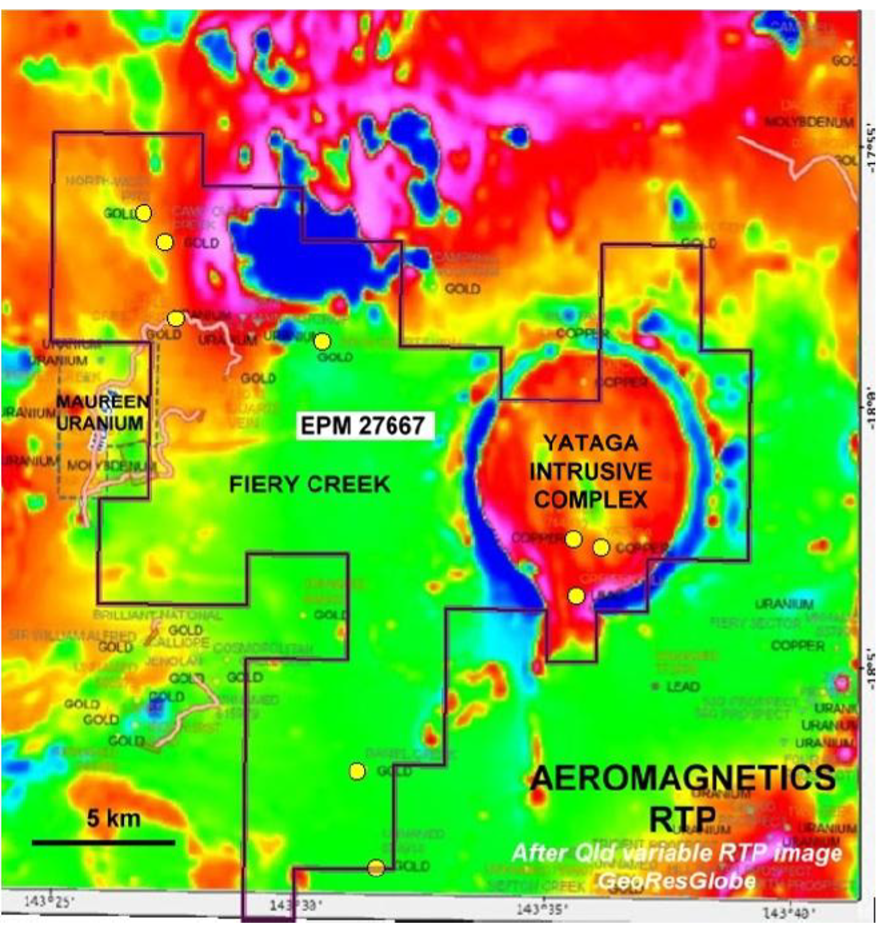
Market updates right to your inbox!
